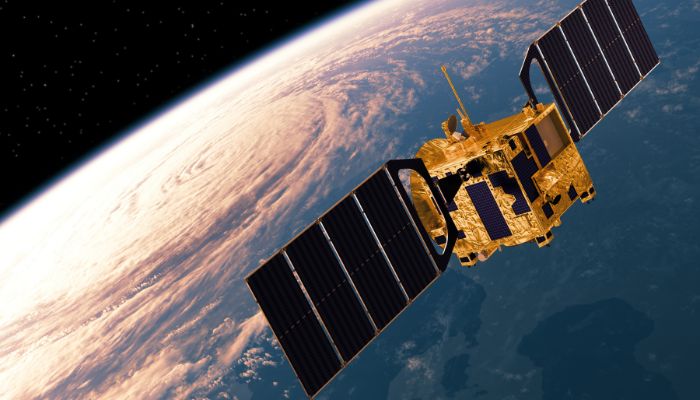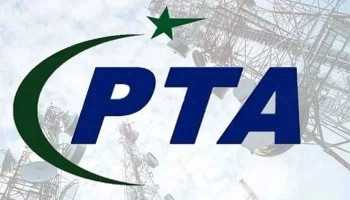
Pakistan is set to launch the latest Remote Sensing Satellite (PRSS) on July 31, 2024, marking a significant development in its national space aspirations.
The satellite is scheduled to launch from the Xichang Satellite Launch Centre (XSLC) in China as part of the mission of the Pakistan Space and Upper Atmosphere Research Commission (Suparco).
With sophisticated imaging systems, PRSS is set to improve Pakistan's capabilities and performance for remote monitoring of the Earth from space for its diverse needs, including precision agriculture, urban planning, disaster management, and environmental monitoring.
The satellite is expected to advance Pakistan's understanding of natural disasters and better predict and mitigate the impacts of floods, earthquakes, glacier melt, and effects of deforestation, which annually impact millions of people in Pakistan.
This satellite mission is part of Pakistan's expanding space program and previous key milestones such as PRSS-1 (2018) and the Electro-Optical Satellite EO-1 (January 2025).
PRSS-2 will integrate systems into Pakistan's capabilities for improved geospatial mapping, all critical to supporting large projects such as the China-Pakistan Economic Corridor (CPEC).
Pakistan’s space journey began gaining momentum in 2011 with the launch of PakSat-1R and has since seen several landmark missions, including PakTES-1A, iCube Qamar, and PakSat-MM1.
















